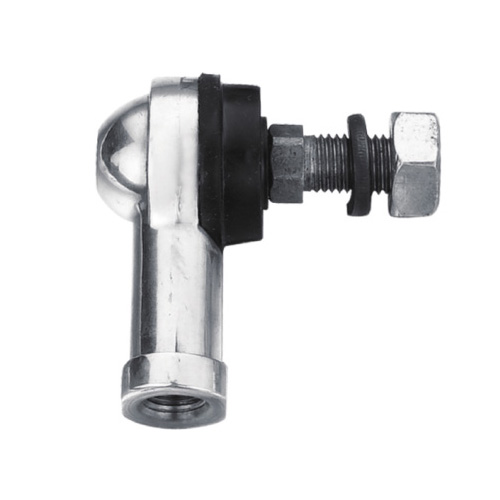Key points about ball joints
2023-10-16
A ball joint is a mechanical joint that connects two components, allowing for rotational movement in multiple axes. It consists of a spherical bearing enclosed within a housing or socket, which is then attached to the two components that need to be connected. Ball joints are commonly used in various applications, including automotive suspensions, steering systems, and industrial machinery. Here are some key points about ball joints:
1. Construction: A ball joint typically consists of a spherical bearing (ball) and a housing or socket. The spherical bearing is usually made of steel and contains a smooth ball surface that allows rotational movement. The housing or socket is designed to hold the ball securely while permitting movement. It is typically made of a durable material such as metal or thermoplastic.
2. Movement: Ball joints enable rotational movement in multiple axes, commonly referred to as a universal joint or a ball-and-socket joint. This allows for movement and articulation between the connected components, accommodating changes in angles, misalignments, and suspension or steering motion.
3. Automotive Applications: Ball joints are widely used in automotive suspension and steering systems. They provide the necessary flexibility and movement required for the suspension to absorb road shocks and bumps, while also allowing the wheels to steer and maintain proper alignment.
4. Types of Ball Joints: There are different types of ball joints, including:
- Lower Ball Joints: Found in the lower control arms of vehicle suspensions, they connect the control arm to the steering knuckle or wheel hub assembly.
- Upper Ball Joints: Located in the upper control arms, they connect the control arm to the vehicle frame or body.
- Tie Rod Ends: These are ball joints found in the steering linkage, connecting the steering rack or gearbox to the steering knuckle, enabling steering movement.
5. Wear and Maintenance: Like any mechanical component, ball joints can wear out over time due to factors such as use, load, and environmental conditions. Worn or damaged ball joints can lead to excessive play, suspension noise, uneven tire wear, and compromised vehicle handling and safety. Regular inspection and maintenance are necessary to detect wear or damage and ensure the proper functioning of the joint. In many cases, worn ball joints need to be replaced to restore optimal performance and safety.
It's important to note that the design and construction of ball joints may vary depending on the specific application and industry. Consulting the manufacturer's guidelines or seeking professional advice is recommended when working with or replacing ball joints, especially in critical applications like automotive suspensions.



